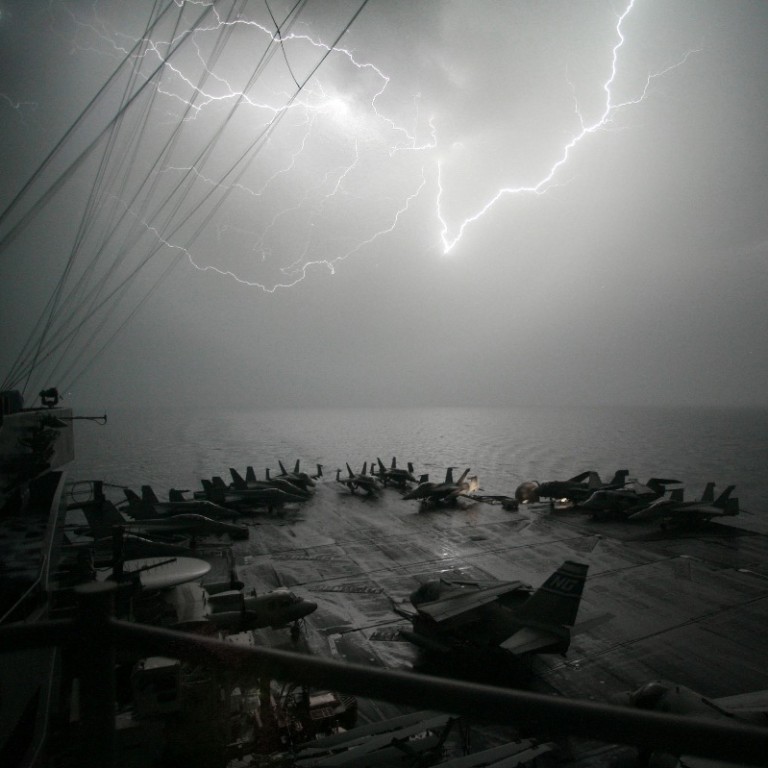
Chinese scientists make strides in being able to predict lightning strikes on aircraft
A breakthrough by Chinese scientists in observing lightning could help efforts to understand and predict strikes on aircraft.
A breakthrough by Chinese scientists in observing lightning could help efforts to understand and predict strikes on aircraft.
Using a rocket-triggered lightning storm, a team from the Chinese Academy of Sciences' Institute of Atmospheric Physics gained an unprecedented insight into the electromagnetic pulses that occur during a strike.
Generated by positively charged ions, the pulses are notoriously difficult to observe, yet the team's experiment rendered them visible over a period of 20 milliseconds - nearly 20 times as long as the previous record.
The team's observations move scientists closer to an understanding of how lightning flashes are produced - a breakthrough of importance to a wide range of industrial uses, from predicting strikes on airplanes to protecting power grids from direct hits.
Lightning is thought to be generated as negatively charged electrons and the positively charged ions spread in different directions. However, the path taken by the positive ions is extremely difficult to observe.
"The ions produce very weak electromagnetic pulses, which are easily lost in background noise," said Professor Lu Gaopeng, lead scientist of the study.
After analysing a sequence of more than 600 pulses, the scientists found that the positive ions were penetrating the atmosphere "step by step".
"The lightning seemed to be a single big outburst, but in fact it consisted of many smaller outbursts happening one after another with an accumulation of energy at each stage," he said.
To capture the elusive process, Lu's team exposed a long-range antenna, designed to observe lightning thousands of kilometres away, to a strike that was just a few kilometres away.
This method had never been tried before due to concerns that such a strong burst of energy would burn out the antenna's sensitive circuits, Lu said. But the daring experiment paid off.
The research, to be published in the academic journal is part of an ambitious national project. With funding from the central government, Lu's team is constructing one of the world's largest and most sensitive monitoring networks for lightning research.

